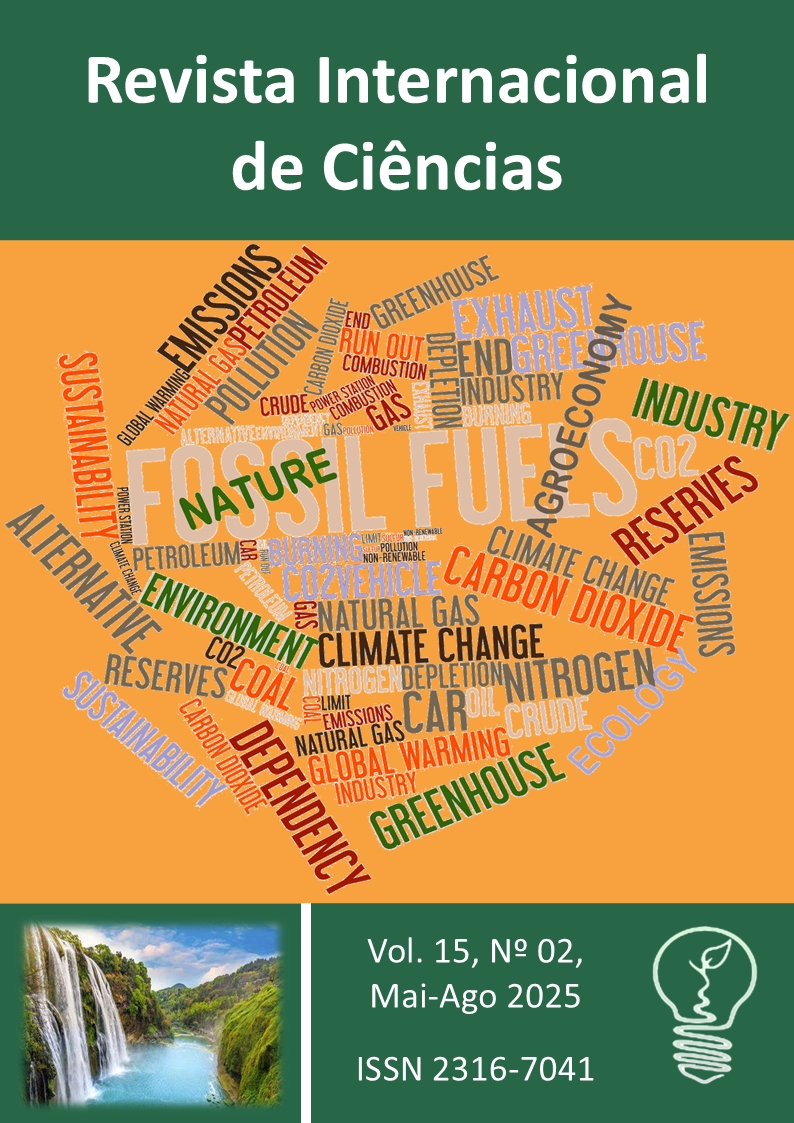INFLUÊNCIA DA SUBSTITUIÇÃO PARCIAL E TOTAL DA AREIA PELO MASSAME EM ARGAMASSA CIMENTÍCIAS
DOI:
https://doi.org/10.12957/ric.2025.92371Abstract
Mortar is one of the most commonly used materials in civil construction, primarily applied as a coating material and for block setting. Its composition includes fine aggregate, which is usually sand; however, depending on the region, other types of materials are used. An example is the Cariri region of Paraíba, where massame is used, without any technical study, which can cause a problem because, if the material is unsuitable, it can lead to pathologies in the construction. In this sense, this study evaluated the behavior of cementitious mortars formulated by replacing sand with massame, used in construction works in the city of Monteiro-PB, at contents of 25%, 50%, 75%, and 100%, with the water/cement ratio fixed for all mixes. The properties of the mortars were analyzed in both the fresh state (consistency index) and the hardened state (compressive strength and water absorption by capillarity at 28 days), according to Brazilian technical standards. In the fresh state, the results indicated that as the amount of sand replaced by massame increases, the consistency index increases. In the hardened state, it was observed that the higher the massame content in the mortar, the higher the compressive strength. Regarding water absorption by capillarity, an increase was observed in all mixes with the incorporation of massame. In general, the massame used as fine aggregate showed good performance; however, greater attention must be given to water absorption by capillarity.
Downloads
Published
How to Cite
Issue
Section
License
Copyright (c) 2025 Humberto Mycael Mota Santos, Iracira Jose da Costa Ribeiro, Anália de Assunção Melo Mota, Gilberto Teixeira Bezerra, Jenifer Daiane da Silva Brito, Arthur Fernando de Melo Feitosa, Ana Carolina Euzébio Rodrigues de Farias

This work is licensed under a Creative Commons Attribution 4.0 International License.
Os Direitos Autorais dos artigos publicados na revista Revista Internacional de Ciências pertencem ao(s) seu(s) respectivo(s) autor(es), com os direitos de primeira publicação cedidos à RIC.
Os artigos publicados são de acesso público, de uso gratuito, com atribuição de autoria obrigatória, para aplicações de finalidade educacional, de pesquisa de acordo com o modelo de licenciamento Creative Commons 4.0 adotado pela revista.
A Revista Internacional de Ciências utiliza uma Licença Creative Commons Atribuição 4.0 Internacional.



